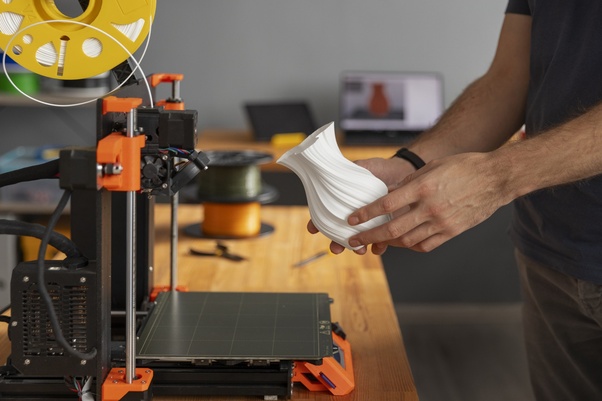3D printing has captured imaginations with the promise of creating anything you can dream up. So why isn’t it as widespread as some might expect? The answer lies in the gap between the hype and the reality of the technology.
The Hype vs. Reality of 3D Printing
Let’s get a clear picture of 3D printing and its present demand:
Clashing with Traditional Manufacturing
3D printing excels at creating complex, one-of-a-kind objects. However, traditional manufacturing reigns supreme for mass-producing identical items. Traditional methods are often faster and cheaper for high volumes.
Optimized for Bulk
Factories are geared towards churning out millions of identical parts. 3D printing, on the other hand, thrives on creating unique items layer by layer. This makes it less efficient for large-scale production.
Top Challenges to Widespread 3D Printing Adoption
Let’s get to know about the challenges associated with 3D printing:
Quality Control Concerns
Traditional manufacturing boasts consistent quality. 3D printing, however, can be susceptible to variations in the printing process, leading to inconsistencies in the final product.
Cost Hurdles
3D printers and the materials they use can be expensive. This makes it a less attractive option for everyday products compared to the cheaper, mass-produced alternatives.
Standardization Woes
The 3D printing industry lacks uniform standards for materials, processes, and file formats. This makes it difficult for companies to share designs and hinders wider adoption.
Overcoming Barriers to Implementation
Here’s how you can overcome the challenges:
Research and Development Boost
Continued innovation and research are crucial. This includes developing faster printing methods, bringing down material costs, and improving quality control.
Addressing Privacy and Security
3D printing raises concerns about intellectual property. As technology advances, robust security measures need to be developed to protect designs and prevent unauthorized printing.
The Future of 3D Printing
Let’s have a clear idea of what the future has in store for us:
Sustainable Construction Potential
3D printing offers possibilities for sustainable construction. Buildings could be printed using recycled materials, reducing waste and environmental impact.
Net-Zero Tall Buildings
The technology has the potential to optimize designs for net-zero buildings, minimizing energy consumption. 3D printing could revolutionize how we construct skyscrapers.
Continued Growth and Advancements
The 3D printing industry is projected to experience significant growth. As the technology progresses, we can expect to see wider adoption and innovative applications across various sectors.
Conclusion
3D printing holds immense potential, but challenges remain. Overcoming these hurdles through research, standardization, and cost reduction will pave the way for its broader adoption. The future of 3D printing is bright, with possibilities extending far beyond prototypes and into a world of sustainable construction and innovative design.

